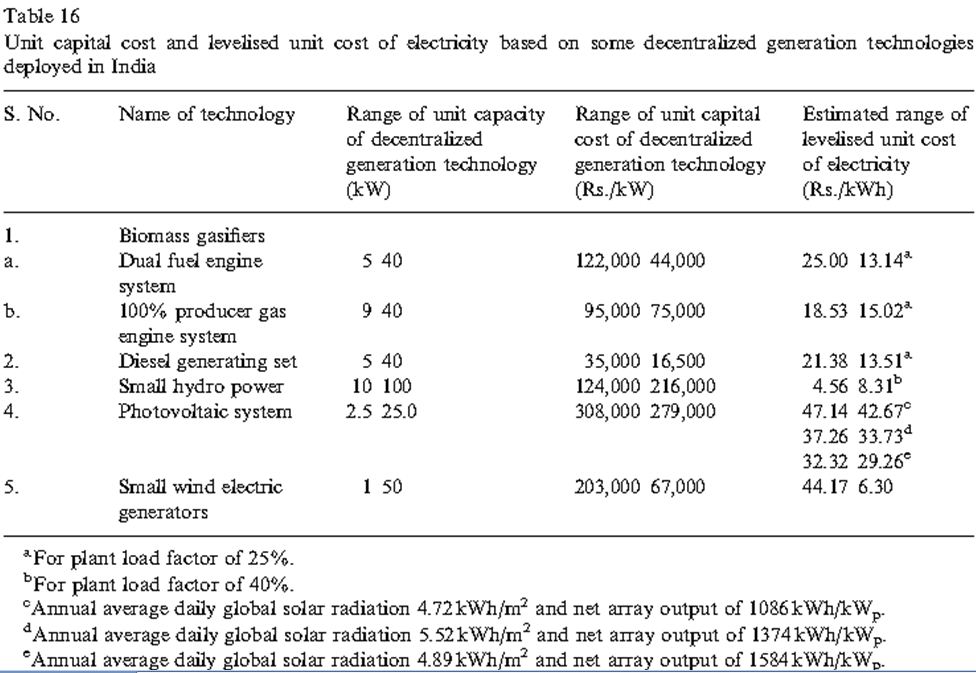When do we use Microgrids?
There are two ways of providing electricity to rural communities, either by extending the existing grid or by developing an isolated microgrid. A ‘traditional’ solution is extension of the existing grid, and this is what is generally used in developed countries.
When is a Microgrid the Right Decision?
There are many different factors that inform when an isolate microgrid should be considered instead of grid extension including; the environment, the terrain, the distance from the existing grid, the size of the village, and most importantly the cost.
There are many different factors for each village when considering the environment, many may be unique to the area or the village, and all the figures are associated with costs. For the majority of different environments main grid connection is possible, however the cost is too high, particularly for developing countries. An example of the problems countries face regarding the environment, is in Monsoon Climate (such as India) overhead lines need to be adapted to cope with high temperatures during the ‘dry season’ and the supports for the transmission towers (or pylons) need to be adapted to come with the Monsoon Climate, these adaption come at a price. While this may still be a challenge for microgrids the distance the electricity transmission is covering is reasonable small, which could reduce the range of environment the transmission lines has to go through.
Unsurprisingly, certain terrains are more difficult to install overhead lines, these very remote areas are much more expensive to supply with electricity, these are often some of the poorest communities. The challenge presented with mountainous terrain is twofold; it is expensive and often hard to do. The distances involved in the electrification of mountainous terrain is usually greater, as the most direct route is not always possible. Also, getting equipment to the area to complete the work and then the large items required to transmit high voltage electricity can be extremely difficult to do, particularly to areas between the main grid and the village (which may be more remote than the village itself). Many of these challenges would remain for microgrids, it would still not be easy to transport the required equipment to the designated sites, however the most difficult sites such as those ascending and descending hills may be reduced. Furthermore, extreme terrains, such as mountainous areas would lead to challenges beyond installation, these would be difficult to access when maintenance would be required (which could compromise reliability) and potentially result in extremely different temperatures on the transmission lines (this would mean that the amount of electricity that could be safely transmitted would be different at different points, making system voltage management more challenging).
Cost Norms for Village Electrification

The Distance from the Existing Grid
Simply, the further away a village is from the grid the more it costs to connect the village to the main grid. There are also other factors to consider transporting electricity over long distances results in electricity losses, this would make the electricity more expensive for consumers, as the supply companies would need to cover their additional electricity losses. When a reasonably large village is quite close to the grid, grid extension might be a more viable option than microgrids, as it is potentially more reliable as the village will be connected to a greater range of electricity supplies. Furthermore, for large generation, such as nuclear and coal, these will need a main grid connection so that it is financially viable. In these situations microgrids are not the correct solution.
For larger villages main grid connection is a much more viable option as it requires less infra structure when comparing the amount of generation that would need to be built and the associated distribution network with the transmission and distribution network. However, for smaller villages, with significantly less demand the amount of generation that is required is less and therefore main grid connection becomes a less viable option. Furthermore, for small demands these places have a low load factor, which makes main grid connection challenging to manage, which is in favour of a microgrid. Although, a microgrid with a low load could be particularly difficult to managed when attempting to avoid electricity generation losses, but any problems would be isolated to one area and would not affect the whole grid.




